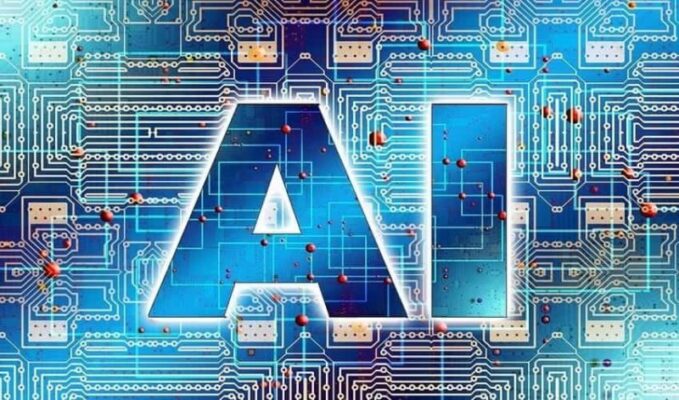
Everything You Need to Know About AI in 2020
Last updated on June 23rd, 2022 at 04:30 am
In the last couple of years, AI has gotten into the mainstream discussion for tech and business. Touted as one of the biggest developments in the industries so far, AI has a special place in almost every board room discussion.
As programming languages and computing devices advanced in the last few years, AI has entered into the practical usage cycle from the hype cycle that it was in. Not only this, the oceans of data that have been generated over the last years have also started contributing to the adoption of AI. As businesses and corporations pile on the data created by their businesses and data, companies are now competing to leverage AI and harness the value of this data.
In this post, we are going to discuss the future of AI in 2020. From the rising number of deepfakes to Quantum AI, we will discuss everything. Let’s get started:
Digital Twinning
Digital twinning, described as the mapping of physical entities (humans and devices) into the digital realm, is one of the major applications of AI in 2020. Corporations and businesses are creating a whole carbon copy of the real worlds in the digital platforms.
All the data points from the real world are then fed to these digital copies. Thanks to the incredible computing powers in modern GPUs, we can run simulations in these digital worlds to predict events in the future.
Let’s take an example now. Say a football team is having great hopes of claiming the Premier League next season. Their analytics team sets up a digital twin of their team and the whole league. Now, they can run simulations for various uncontrollable events. By doing this, the managers can know which players have higher chances of getting injured mid-season. With careful analysis, they can also predict crucial events about the other teams that they see as potential competition.
Companies, too, can use this effectively to grow their business. Let’s take the example of a huge pharma company. They have a network of distributors across the world. Because of the very nature of their industry, the demand for various products will keep fluctuating from time to time. The pharma company and its supply chain managers can now use the data generated by the pharma billing software and other sources of data to predict such events well ahead in time.
Hybrid workforce – AI + Humans
While a lot of people tend to think of AI as the eater of jobs, it is not entirely accurate. The only purpose AI serves is making jobs easier for humans. So, it is unfair to be afraid of AI and be cynical. Instead, we should figure out ways on how we can leverage AI to make our lives better. Maybe it takes over some of the mundane jobs, that should be perceived as a potential opportunity. Now, humans can prepare themselves for better and more fulfilling jobs.
To achieve this in a more realistic manner, managers and senior-level decision-makers should indulge in a better communication with their workforce. This will help them in reaching their goals with AI.
Omnichannel Retail Experience.
Retail remains to be one of the biggest and highest revenue-generating systems across the world. From people in queues buying groceries to millennial ordering lame stuff on the web, it has become more diverse than ever.
With AI, a lot of companies will try and formulate an omnichannel retail experience for their customers across the world. From plugging the gap between brick-and-mortar shops to online stores and improving the in-store experience for buyers, AI does it all for them.
With these use-cases and many others, AI is here to solve various problems for the businesses. So, how are you going to leverage AI? Feel free to let us know in the comment box.
Ankush Sharma is a voracious reader and an even passionate writer. Having worked with numerous billing software companies and MNCs across the world, he really has very to the point and enthralling insights about the industry and the people working in them. He is currently working with espine and medical billing software.
